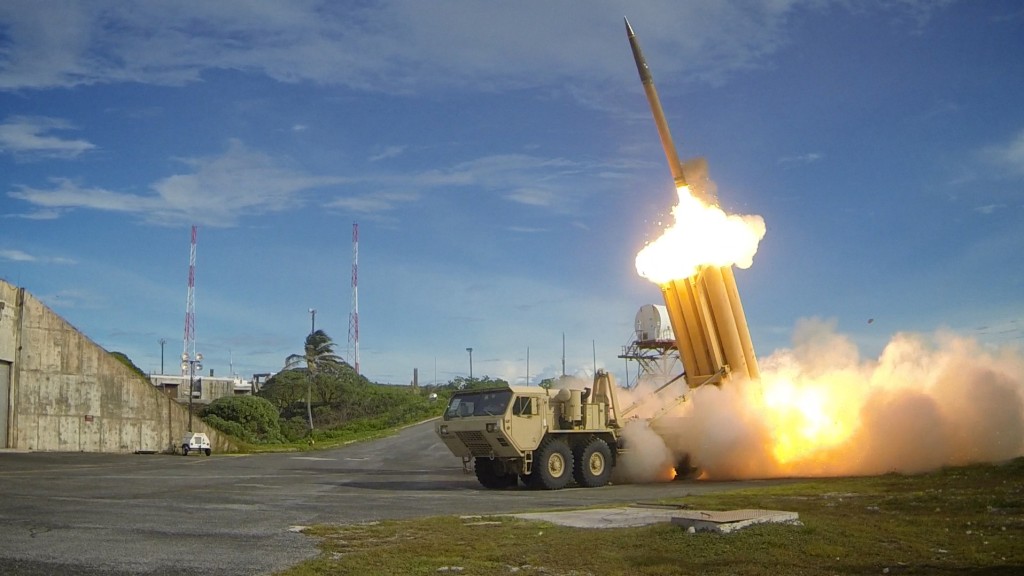Across the globe, a variety of air and missile defense threats are evolving and proliferating. At the same time, adversaries are exploiting weaknesses in America’s air and missile defense system, said Brig. Gen. Christopher L. Spillman, commandant of the Army Air Defense Artillery School.
Spillman and other missile defense experts met during an Association of the United States Army panel, Feb. 12, to discuss how the United Stated could better attain networked mission command.
Adversaries are employing their own ballistic missile capabilities and coordinating them with cruise missile and unmanned aerial system threats, Spillman said, calling their efforts “complex and integrated.”
The Army needs to regain its air-defense advantage and “move beyond our current limited-point-defense,” Spillman said.
The reason for the urgency in addressing Air and Missile Defense, or AMD, vulnerabilities is due in large part to the current “inflexible, stove-piped command and control systems.”
Maj. Gen. Ole A. Knudson, program executive for the Program and Integration, Missile Defense Agency, said each military service has its own AMD architecture, but those architectures are not “entirely compatible” with one another.
That architecture, Spillman said, is much more complex than a just a physical network of fiber, relays, routers and servers. It also involves connectivity between sensors, radars, launchers and shooters. The systems need to communicate seamlessly across the battlespace to more effectively engage the enemy and reduce risk from errors, including those that result in fratricide.
Barry J. Pike, deputy program executive officer, program executive office missile and space, said that fixing AMD integration weak points is so important because it is “a foundational capability the Army provides” to combatant commanders, as outlined in the recently released Army Operating Concept.
IAMD-BATTLE COMMAND SYSTEM SOLUTION
The services are working together now to integrate AMD networks and mission-command functions through an effort known as Integrated Air and Missile Defense – Battle Command System, or IBCS, Spillman said.
He said IBCS will give combatant commanders and AMD “a flexibility that doesn’t exist today. It will transform the force.”
Pike said that with IBCS, the Army hopes to partner with industry to build non-proprietary network capabilities that are modular, and that have open-system architecture that uses existing industry standards.
The idea is to have common human-system interface requirements that allow standardization, more rapid development, cost reduction and future add-ons, he said.
Testing is well underway on integration efforts with the other services, Pike said.
Daniel J. Verwiel, vice president and general manager of integrated air and missile defense for Northrop Grumman Information Systems, said that IBCS efforts will ultimately lead to handing off AMD “to the best possible shooter,” be it from a ship or the shore.
Spillman said that at the same time the Army develops the IBCS, it will also need to prepare to train Soldiers to use it. Soldiers will need adequate time to train on new systems and leaders will have to be the ones who successfully execute any new implementation.
Spillman said AMD, with all its weaknesses, is deployed worldwide in support of combatant commanders to shape the environment, enable projection of national power, defend the homeland and reassure allies.
Around 58 percent of the AMD force is forward-deployed or forward-stationed, he said.










